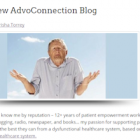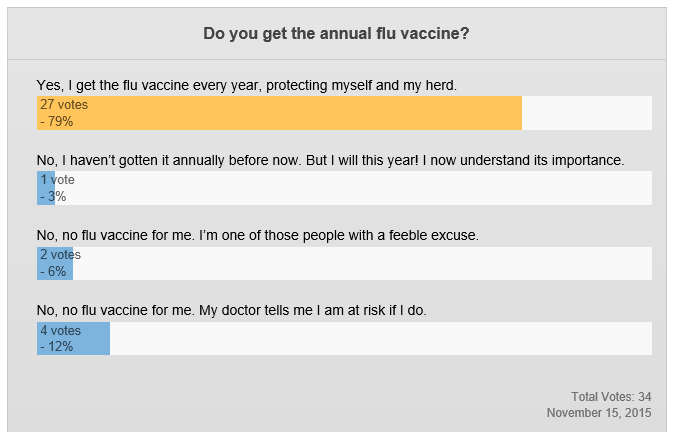I love Seattle. I have visited several times, all work-related, and always pleasurable. Such a vibrant city, so many good-hearted people. If I didn’t live so far away, I’d visit far more often.
This month I visited Seattle again, and for the first time, I enjoyed several tourist days. Delightful! From the Space Needle, to the Chihuly Gardens, from the Pike Place Market food tour, to a tour of the Seattle Underground… which brings me to the point of today’s post.
Early Seattle history is very much about the Seattle Underground. It’s so different from any history I’ve learned before, including – rats! It’s a story of a well-intentioned, creative idea, and unintended consequences.
Further, it can be used as a great metaphor (or, more like a cautionary “tail” 
Seattle is surrounded by water, much of which is affected by the tides. In the mid-1800s, a sewer system was built to accommodate the new indoor toilets being installed in homes. But when a toilet was flushed as the tide rolled in… well…. imagine all that (explosive!) sewage backing up inside YOUR house! Ugh.
Now, fast forward to….
…the Great Seattle Fire of 1889, when the entire city, an area now called Pioneer Square, burned to the ground. Devastating, of course. However, recovery gave the city an opportunity to rectify the problems of the old, dysfunctional, sewer system.

A plan was made to raise the street level of the city in order to create space underneath for the sewer system. New Seattle was built – literally – on top of old Seattle. The streets, the buildings – everything was raised up one full story. That created a series of tunnels, basements, and lots of hidey-holes underneath that, still today, comprise the “Seattle Underground.”
Unfortunately – a new problem cropped up! Once those tunnels were built – you guessed it – rats took over the Underground. The rats became such a problem that the city government put a bounty on them in an effort to control the rat population.
Creative solution, right? Get the citizens to do the dirty work, then return tax money to them, rather than pay someone else to do it.
Problem solved… Or… was it?
And that brings us to the point of today’s post. The unintended consequences of a creative solution – an idea that actually required some deeper thought and planning, because the rat bounty eventually created bigger problems than it was expected to solve.
The city government had encouraged residents to kill any rats they found, then turn in the rats’ tails to earn the reward.
But what too many of its citizens figured out was that if instead they bred more rats, then more rats would yield more money! Rat-breeding became a major income-producing activity. Talk about an unintended consequence! Yikes.
So how does this piece of Seattle history expose a lesson for health and patient advocates and care managers?
As our guide described this turn of rat-breeding events, my thoughts immediately turned to the hundreds of advocates and care managers who have made “creative” decisions, sadly, to the detriment of their practices for doing so. Some examples:
- Early in their practices when they aren’t yet busy with a full client-load, and hearing the desperation in the voice of a patient who needs help but can’t or won’t afford to pay them, they will accept the work, and promise to do it for free; that being the solution for otherwise turning them away, and using the excuse that it gives them the opportunity to “learn on the job.” Unintended consequences: first, that the person they donated their time to will now tell their friends, and their friends will begin calling with an expectation that the work will be done free for them, too. Secondly, that time spent working for free means time not spent on marketing to potential paying clients. Ultimately too many advocates have gone out of business having made that “I’ll learn on the job” volunteer decision.
- Wanting to establish video service delivery capabilities, and in an effort to save money, advocates or care managers may subscribe to (their solution) a lower-cost video option, only to realize later that the service isn’t HIPAA compliant. Unintended consequences: they conduct insecure conversations, or they upset a client who realizes the video call isn’t secure, or, it ends up costing them even more money because they realize they now need to pay for a second, secure subscription.
- Wanting to reduce expenses in an effort to save money, they drop their subscriptions to membership organizations – and those directories. Unintended consequence: once they are no longer found in the directory, potential clients can no longer find them. They will go out of business.
Protecting Your Practice from Unintended Consequences

We are all capable of making such negative consequence-creating decisions, of course. But there are some ways of making sure we don’t make them for situations others have experienced before us. Many of those decisions have been addressed here in this blog over time. Do a search!
Dozens of advocates and care managers are also available to provide warnings, or feedback for ideas, in the APHA Discussion Forum. Or you can reach out to a business advisor through the SBA, SCORE, or your local SBDC. They would love to help you think through such decisions to help you save time, money, and in general, prevent you from making rat-propagation type mistakes.
If you get a chance to visit Seattle, do take the Underground Tour. You’ll find it fascinating (and sometimes hilarious!) Let it remind you that sometimes even smart people make dumb choices, but that there is good information available to us today that wasn’t available in the 1880s to prevent us from doing so.
Then take advantage of those great resources to prevent your own unintended consequences in your practice.
More reading on this subject:
- Need to No – Giving Too Much
- 8 Ways Your Advocacy Practice May Be Like The Giving Tree
- Penny Wise, Pound Foolish, Lost Opportunity
LEARN ABOUT APHA MEMBERSHIP | REASONS PATIENTS NEED ADVOCATES | MASTER LIST OF PRACTICE RESOURCES





